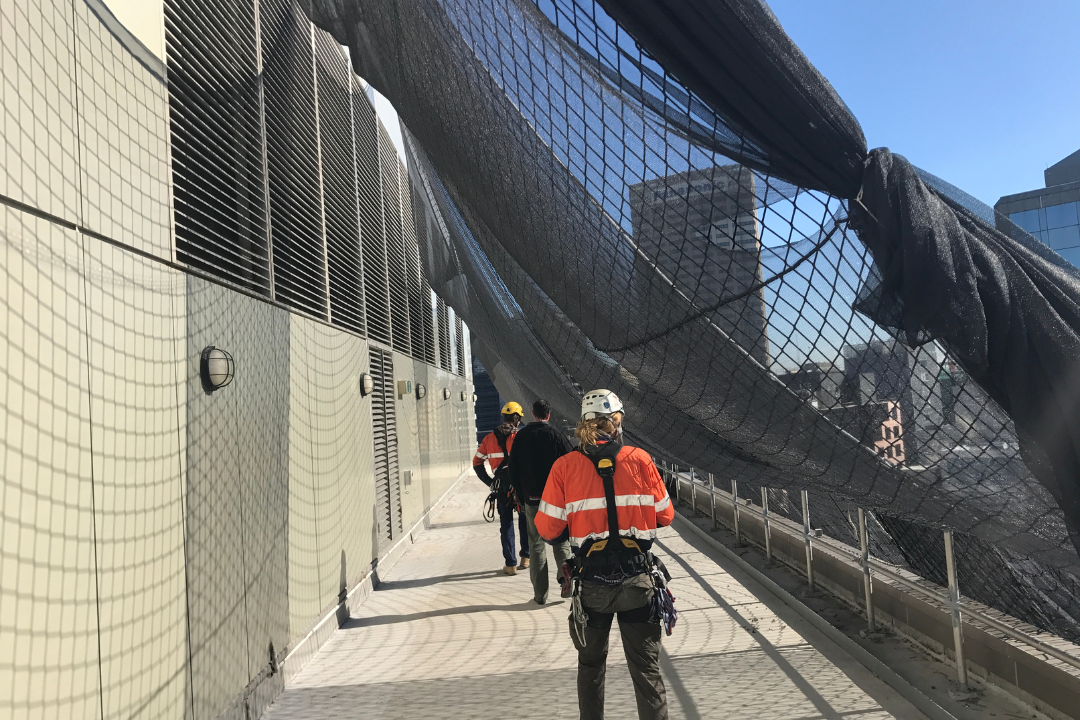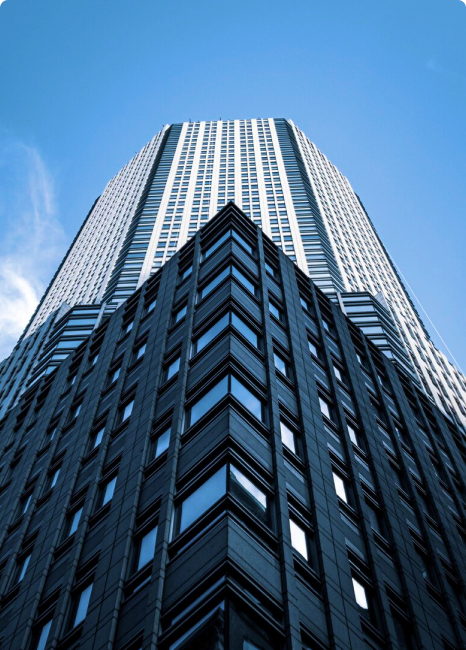Staying Safe While Working at Height: A Construction Industry Guide

Working at height is a fact of life for many in construction—from roofing and façade repairs to installing HVAC units and performing maintenance on high-rise structures. At Kerrect, we’ve seen firsthand how a small slip can have big consequences. Here’s how to keep your crew safe, productive, and smiling (even when they’re a few storeys up).
Why Working at Height Matters on Construction Sites
In Australia, falls from height are one of the top causes of serious injuries and fatalities on building projects. Whether you’re installing safety netting around a live site or abseiling down a commercial tower for inspections, understanding the risks is the first step to keeping everyone accountable.Common Hazards on Construction Projects
- Unstable Surfaces: Slippery roof sheets after rain, loose scaffold planks, and debris-strewn ledges can all turn a routine task into a hazard.
- Improper Equipment Use: Ever watched someone wrestle with an old ladder? Using the wrong tool (or the wrong setup) is a recipe for disaster.
- Missing Guardrails: Exposed edges on balconies, mezzanines, and scaffolds are like poorly anchored koalas—one wrong move and things go pear-shaped.
- Human Factors: Fatigue, rushing to hit deadlines, or getting too cocky on the job site can lead to lapses in concentration.
Applying the Hierarchy of Controls—Construction Style
Safe Work Australia’s hierarchy of controls might sound technical, but on-site it looks like this:- Eliminate Risks Where You Can: Can you assemble that façade panel on the ground instead of 10 metres up? Do it.
- Substitute with Safer Options: Use a mobile elevated work platform (MEWP) instead of leaning off a scaffold plank.
- Engineered Controls: Install guardrails, roof access safety systems, and fixed walkways before you even need a harness.
- Administrative Controls: Toolbox talks, Safe Work Method Statements, and clear induction procedures keep everyone on the same page—literally.
- Personal Protective Equipment: When all else fails, harnesses, lanyards, and safety nets catch the slip-ups (literally) and save lives.
Kerrect’s Construction-Focused Solutions
At Kerrect, we understand that every construction site is its own beast—from tight urban footprints to sprawling infrastructure projects. That’s why our height safety solutions are custom designed for your needs:- Safety Netting & Debris Containment: Quick to install, tough against falling concrete or brick, and discreet enough not to spoil the view of your new development.
- Roof Access Safety Systems: Handrails, caged ladders, and fixed walkways make HVAC servicing or waterproofing a worry-free task.
- Industrial Rope Access Systems: When scaffolding won’t fit or timelines are tight, our rope-access technicians will swoop in.
- Asset Management & Certification: We don’t just install and vanish. Regular inspections and recertification keep your systems compliant and your site audit ready.
Best Practice Tips for Your Team
- Plan Like a Pro: Before anyone climbs a ladder, run through a quick risk assessment. If there’s doubt, bring in Kerrect to review your SWMS (Safe Work Method Statements).
- Train and Trust: Invest in hands-on training so everyone knows how to clip in, walk out, and talk safety—across all trades on site.
- Inspect Daily: A five-minute check of guardrails, anchor points, and netting can spot wear before it turns into a problem.
- Encourage a Culture of Speaking Up: If someone spots a hazard, they should feel empowered to halt the work until the issue is fixed.
